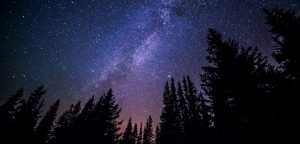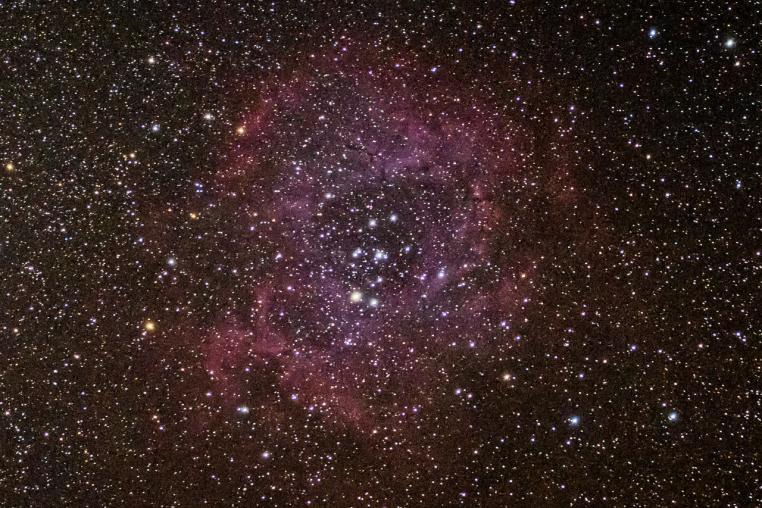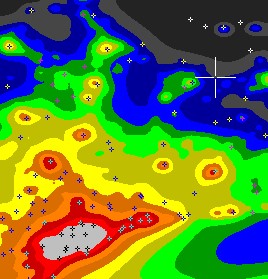Dark skies – Stargazing
image – @hollowvalleyresort
Darker is Better
 As the sun dips below the horizon, the Haliburton Highlands transforms into a serene haven for stargazers. Here, the moon casts its gentle glow, illuminating a world untouched by the harsh glare of artificial light. Unlike urban areas, where light pollution obscures the heavens, our Highlands offer an increasingly rare gift: pristine, star-filled skies that awaken a timeless sense of wonder.
As the sun dips below the horizon, the Haliburton Highlands transforms into a serene haven for stargazers. Here, the moon casts its gentle glow, illuminating a world untouched by the harsh glare of artificial light. Unlike urban areas, where light pollution obscures the heavens, our Highlands offer an increasingly rare gift: pristine, star-filled skies that awaken a timeless sense of wonder.
In Haliburton Highlands, every cloudless night holds the promise of celestial beauty. Less than two hours from Toronto, this region stands as a beacon for stargazers, positioned in the lower third of the light pollution spectrum. Adjacent Algonquin Provincial Park is ranked in the Dark Gray zone, offering some of the darkest skies in Southern Ontario.
At the Haliburton Forest and Wild Life Reserve, an observatory and planetarium invite you to journey through the cosmos. On clear nights, peer through telescopes to uncover the mysteries of the stars. On cloudy evenings, step inside the planetarium to explore the myths and cultural stories that connect us to the night sky.
Experiences in Astronomy
With the use of the Schmidt-Cassegrain telescope(s) on clear, dark nights – along with a fantastic presentation astronomer/night sky photographer, Brian Mould, will introduce you to the world above, stargazing. This astronomy experience takes place at the edge of 100,000 acres of undeveloped land known as Haliburton Forest and night skies that are void of light pollution
On a clear night we can observe dark sky objects such as the Andromeda Galaxy. This superb location allows the opportunity to view individual stars, galaxies and deep sky objects not normally visible in populated areas.

What does the light pollution map actually mean?
There are 15 colors found on the map. Light pollution limits stargazing and the visibility of milky way to the unaided eye, the visiblity of nebulae and galaxies seen in telescopes. Low light pollution conditions, or dark skies, is one of the most important properties of a good astronmical observing site.
This map is a small exerpt (175Km east-to-west, by 200Km north-to-south) from the Light Pollution Atlas 2006 by David Lorenz. David recalculated the The World Atlas of the Artificial Night Sky Brightness with newer data.
The central cross marks the location of the Haliburton Scout Reserve clear sky chart. Tiny crosses mark other charts. This map assumes an observer at sea level. A real observer should see a slightly darker sky.

